US Trade Representative confirmed in a formal statement that US and China have reached an “historic and enforceable” agreement on a Phase one trade deal. The deal requires “structural reforms and other changes to China’s economic and trade regime in the areas of intellectual property, technology transfer, agriculture, financial services, and currency and foreign exchange.” Also, China commits to make “substantial additional purchases of U.S. goods and services in the coming years.” A strong dispute resolution system is established with the deal that “ensures prompt and effective implementation and enforcement.”
Meanwhile, USTR said “The United States will be maintaining 25 percent tariffs on approximately $250 billion of Chinese imports, along with 7.5 percent tariffs on approximately $120 billion of Chinese imports.”
US President Donald Trump also tweeted: “We have agreed to a very large Phase One Deal with China. They have agreed to many structural changes and massive purchases of Agricultural Product, Energy, and Manufactured Goods, plus much more. The 25% Tariffs will remain as is, with 7 1/2% put on much of the remainder. The Penalty Tariffs set for December 15th will not be charged because of the fact that we made the deal. We will begin negotiations on the Phase Two Deal immediately, rather than waiting until after the 2020 Election. This is an amazing deal for all. Thank you!”
In a delayed press conference, Chinese Vice Commerce Minister Wang Shouwen said the text of trade deal phase one was agreed with the US. And there will be removal of tariffs on Chinese goods in stages. Also, China will increase imports from US and other countries.





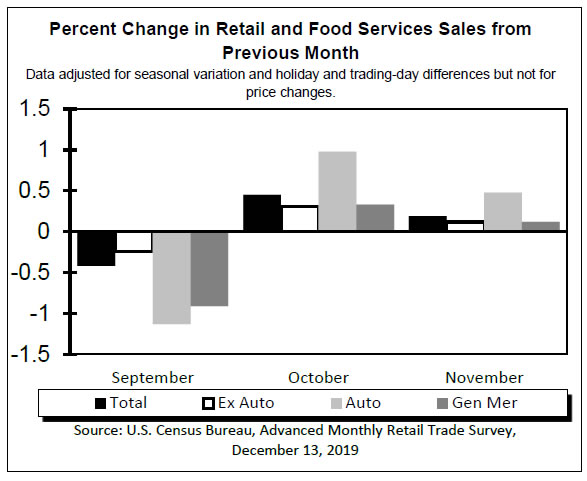
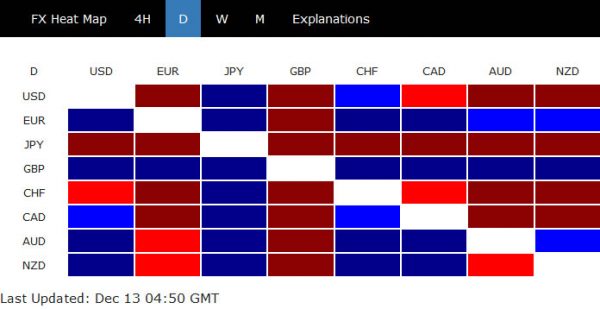
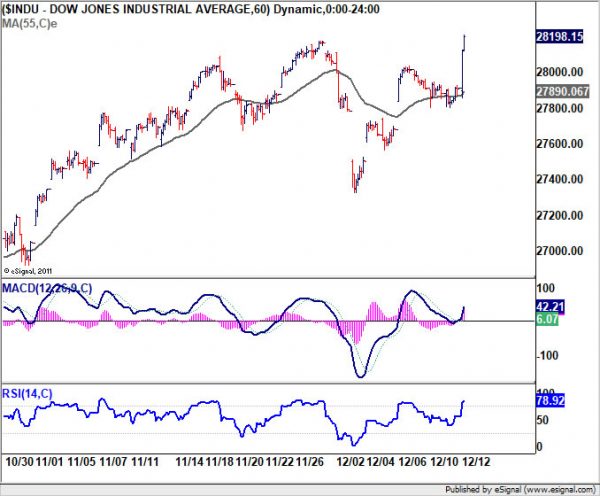
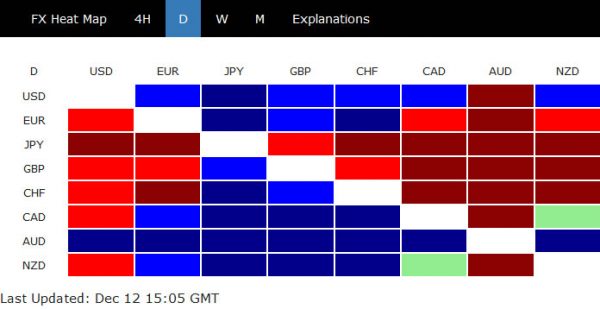
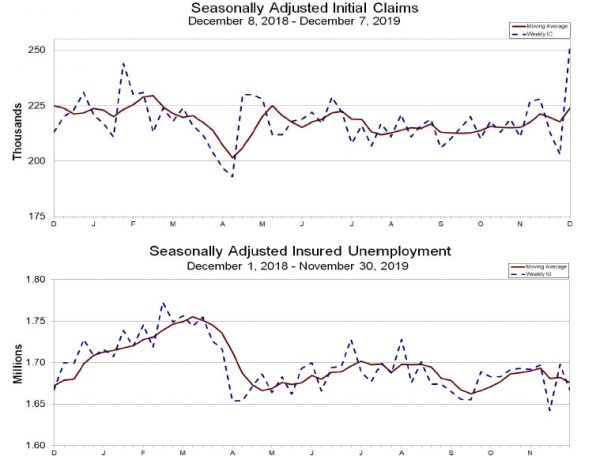
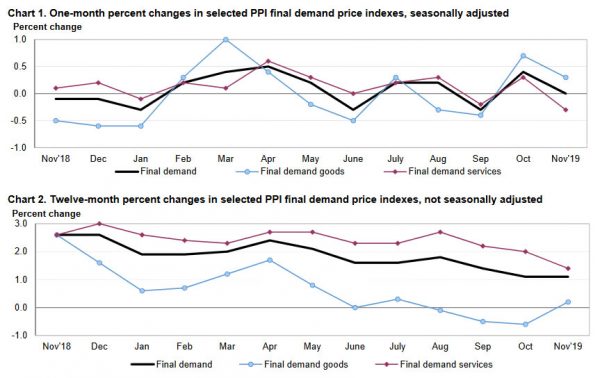
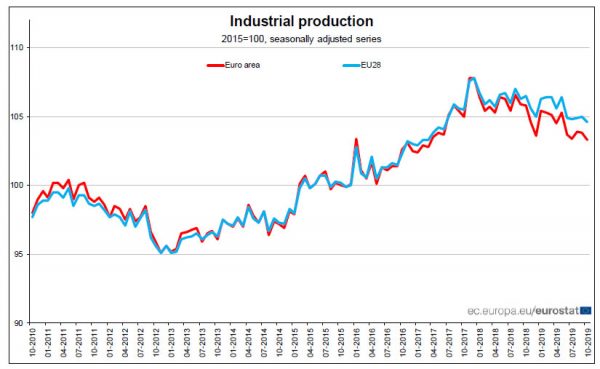
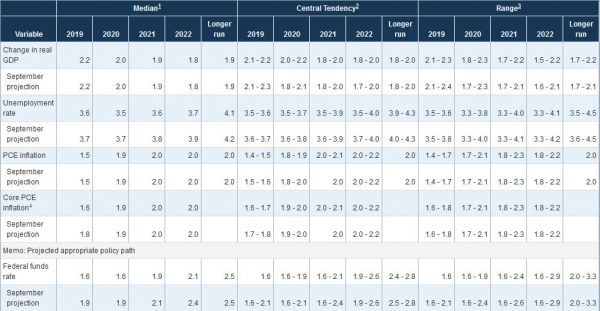
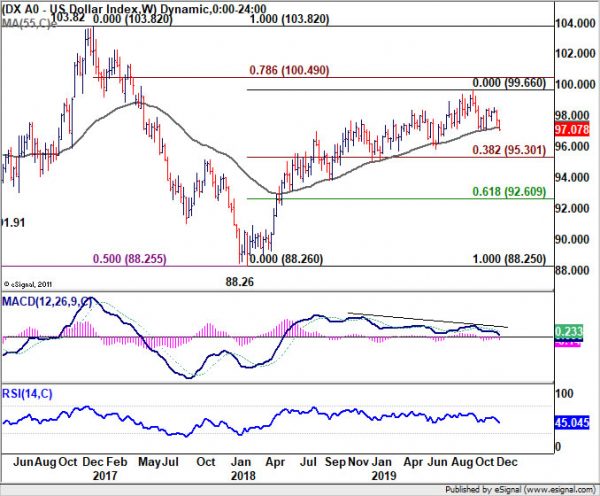


USTR confirms trade deal with China, maintain 25% tariffs on $250B and 7.5% on $120B of Chinese goods
US Trade Representative confirmed in a formal statement that US and China have reached an “historic and enforceable” agreement on a Phase one trade deal. The deal requires “structural reforms and other changes to China’s economic and trade regime in the areas of intellectual property, technology transfer, agriculture, financial services, and currency and foreign exchange.” Also, China commits to make “substantial additional purchases of U.S. goods and services in the coming years.” A strong dispute resolution system is established with the deal that “ensures prompt and effective implementation and enforcement.”
Meanwhile, USTR said “The United States will be maintaining 25 percent tariffs on approximately $250 billion of Chinese imports, along with 7.5 percent tariffs on approximately $120 billion of Chinese imports.”
US President Donald Trump also tweeted: “We have agreed to a very large Phase One Deal with China. They have agreed to many structural changes and massive purchases of Agricultural Product, Energy, and Manufactured Goods, plus much more. The 25% Tariffs will remain as is, with 7 1/2% put on much of the remainder. The Penalty Tariffs set for December 15th will not be charged because of the fact that we made the deal. We will begin negotiations on the Phase Two Deal immediately, rather than waiting until after the 2020 Election. This is an amazing deal for all. Thank you!”
In a delayed press conference, Chinese Vice Commerce Minister Wang Shouwen said the text of trade deal phase one was agreed with the US. And there will be removal of tariffs on Chinese goods in stages. Also, China will increase imports from US and other countries.